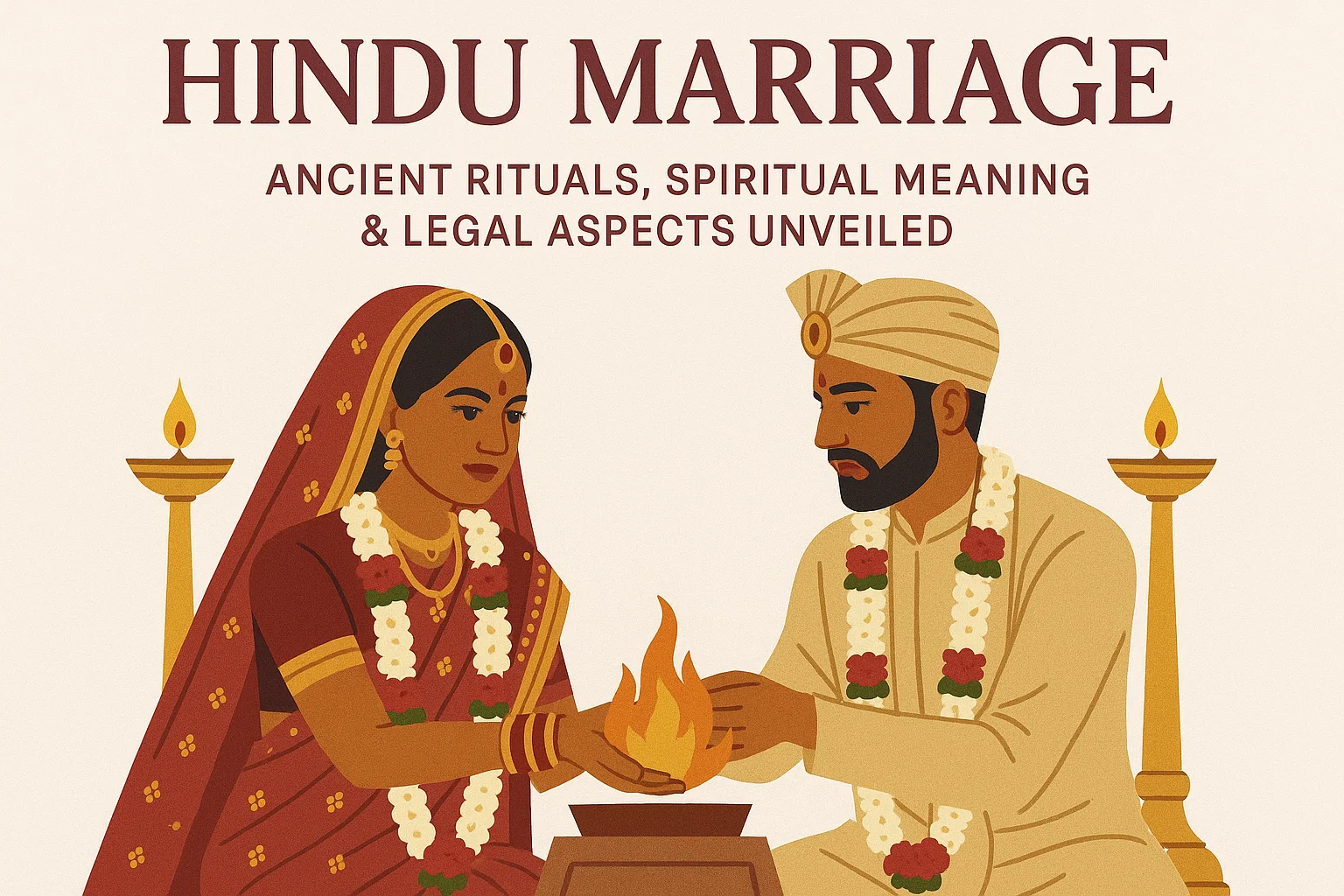Introduction
Marriage—one of the oldest and most universal institutions of human civilization. While cultures differ in how they celebrate and define it, the core idea remains strikingly similar across the globe: the legal and/or spiritual union of two people. But the meaning and types of marriage have evolved significantly over time.
This article unpacks the meaning of marriage, explores its various forms, and reflects on how this timeless institution continues to adapt to modern life.
What is Marriage?
At its core, marriage is a socially or legally recognized union between two individuals that establishes rights and obligations between them. These may include property rights, inheritance, sexual exclusivity, economic cooperation, child-rearing responsibilities, and emotional companionship.
Marriage is often perceived through three primary lenses:
- Legal: a contract enforced by civil laws.
- Religious: a sacred covenant recognized by a faith.
- Cultural/Social: a societal norm shaped by traditions.
Despite these perspectives, the essence of marriage lies in commitment, mutual support, and shared identity.
The Evolution of Marriage
Historically, marriage wasn’t always about love or companionship. In many ancient societies, it was an arrangement for economic alliances, preserving bloodlines, or consolidating power. For instance:
- Ancient Rome prioritized lineage and inheritance.
- Feudal Europe used marriage to secure land and political ties.
- Asian and Middle Eastern societies often viewed marriage as a family or community affair rather than an individual choice.
Fast forward to the 21st century, and marriage has become more personal and emotionally driven—yet it still retains many legal and social implications.
Why Do People Get Married?
The motivations behind marriage vary but usually include:
- Love and companionship
- Starting a family
- Social expectation or religious obligation
- Legal and financial benefits
- Cultural identity and tradition
While love is now a dominant motivator in many societies, it is still not the primary factor in every culture.
Types of Marriage
Marriage is not one-size-fits-all. The world recognizes many forms, each shaped by its own cultural, legal, and personal contexts. Let’s break down the major types of marriage.
1. Monogamy
This is the most widely practiced form globally, where an individual has only one spouse at a time.
Types of Monogamy:
- Serial Monogamy: One marries multiple times, but only one partner at a time.
- Lifelong Monogamy: The ideal in many religions—one partner for life.
2. Polygamy
Polygamy involves multiple spouses and exists in two main forms:
- Polygyny: One man with multiple wives (common in Islamic and some African cultures).
- Polyandry: One woman with multiple husbands (rare, but practiced in some Himalayan societies).
While often controversial, polygamy is still practiced both legally and informally in many parts of the world.
3. Civil Marriage
This is a legally recognized union, often officiated by a state official, without religious rituals. It grants rights like taxation benefits, inheritance, joint custody, and medical decision-making.
Civil marriage is crucial in secular societies and for interfaith or same-sex couples where religious institutions may not officiate their union.
4. Religious Marriage
A religious marriage is conducted under the authority of a religious institution. Ceremonies and rules vary widely:
- Christianity emphasizes the sanctity of lifelong union.
- Islam permits polygyny and requires a marriage contract (Nikah).
- Hinduism regards marriage as a sacred duty (Sanskar).
- Judaism requires a Ketubah, a marriage contract outlining rights and responsibilities.
Religious marriages may or may not be legally binding unless registered with the state.
5. Arranged Marriage
Still common in many cultures, especially in South Asia, the arranged marriage involves families choosing partners for their children based on compatibility, background, and family ties.
Contrary to Western perceptions, many arranged marriages include the consent of the individuals involved, and many last as long—or longer—than love marriages.
6. Love Marriage
In contrast to arranged marriage, a love marriage is initiated by the couple, based on mutual affection, emotional connection, and personal choice.
This form is celebrated in most Western cultures and increasingly gaining acceptance worldwide.
7. Same-Sex Marriage
An evolving category, same-sex marriage is legally recognized in over 30 countries, though it remains controversial in others.
Legalization in various parts of the world has expanded the definition of marriage to include couples of any gender combination, challenging traditional norms.
8. Common-Law Marriage
A common-law marriage occurs when a couple lives together for an extended period and presents themselves as married without an official ceremony or license.
Legal recognition of common-law marriages varies widely by jurisdiction.
9. Open and Polyamorous Marriages
Modern shifts have introduced non-traditional models:
- Open Marriage: Couples remain emotionally bonded but agree to sexual freedom outside the marriage.
- Polyamorous Marriage: Consensual relationships involving more than two committed partners, with all aware and accepting.
Though rare and often legally unrecognized, these forms are part of the evolving conversation about intimacy and partnership.
Cross-Cultural Perspectives on Marriage
Let’s look at how some cultures define marriage differently:
- African Tribes: Often see marriage as a union of families, not just individuals.
- Japanese Culture: Emphasizes harmony, family values, and social balance.
- Scandinavian Nations: View marriage as a flexible, optional step—not a requirement for family life.
Such diversity shows that marriage is as much about cultural values as it is about individuals.
Legal and Social Impact of Marriage
Marriage comes with legal recognition and rights, such as:
- Tax benefits
- Health insurance
- Immigration status
- Inheritance and property rights
Socially, married people are often perceived as more stable or mature—sometimes unfairly so. There’s increasing awareness of this bias, especially in workplaces and policy-making.
The Changing Face of Marriage
Trends show that:
- People are marrying later, or not at all.
- Cohabitation is rising.
- Divorce rates are high in many countries.
- Non-traditional partnerships are gaining ground.
Marriage is becoming more individualized, reflecting personal freedom, gender equality, and shifting moral codes.
Conclusion
Marriage, in all its forms, reflects the human need for connection, security, and meaning. Whether it’s a civil contract, a religious sacrament, or a personal choice rooted in love, marriage remains a powerful institution that evolves with time.
The key takeaway? Marriage isn’t about fitting into a mold. It’s about finding a model that works for you—and your partner.

